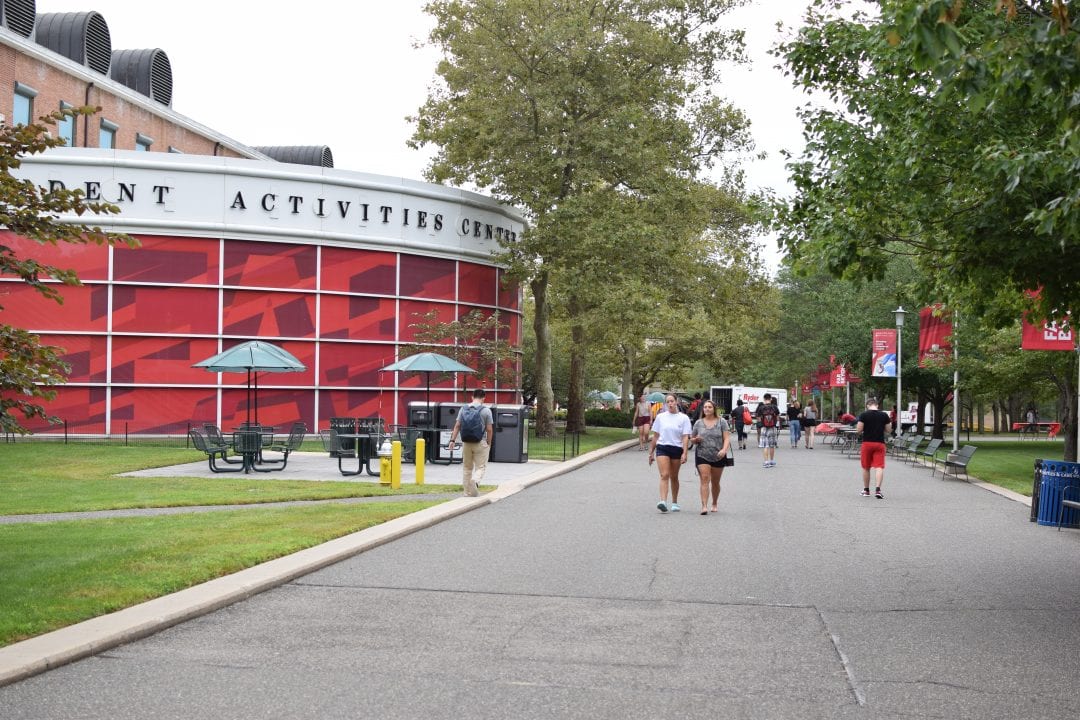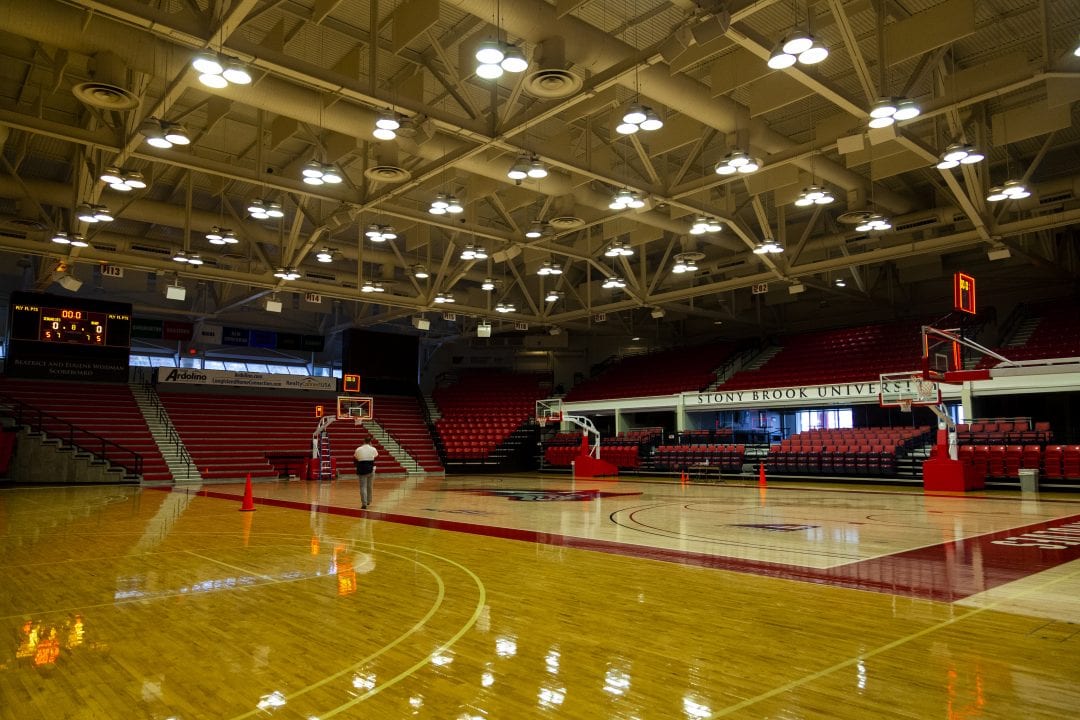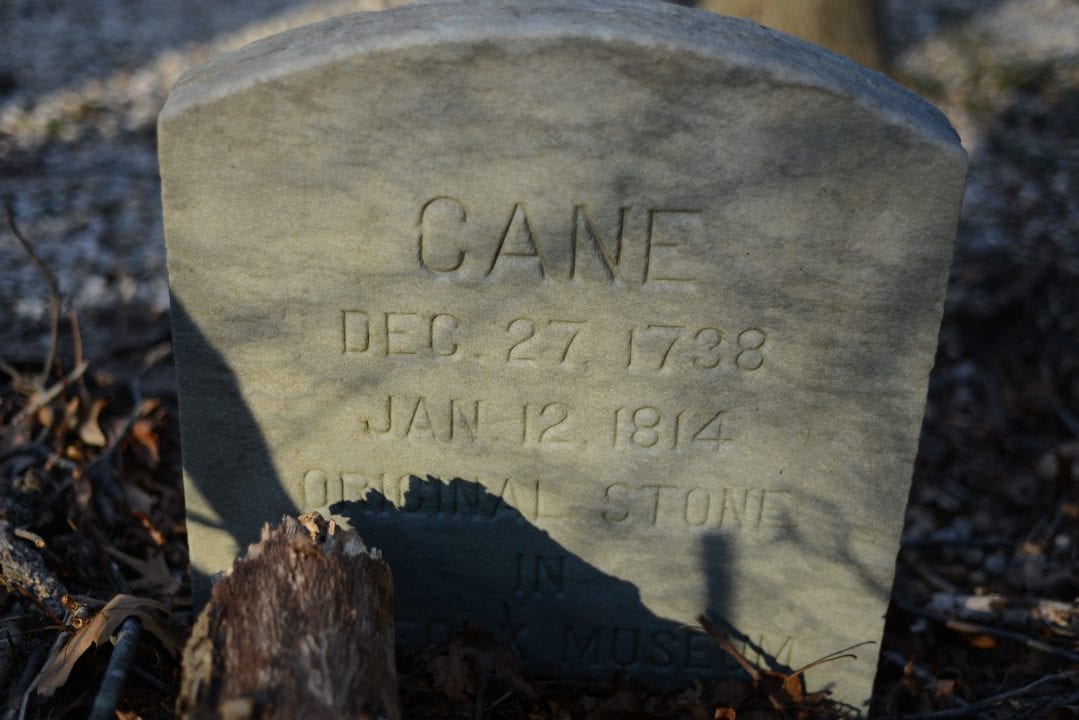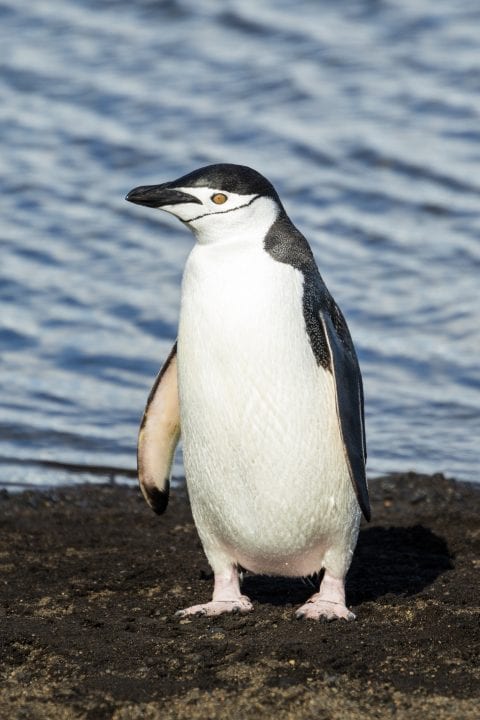
Biomedical scientists are using the immune system machinery of bacteria to edit life’s instruction manual — DNA.
Chris Vakoc, a biomedical scientist from Cold Spring Harbor Laboratory, sat down with journalism professor Graham Chedd as a part of the Science on Tap series at the Stony Brook Yacht Club Tuesday night to discuss the CRISPR-Cas9 system.
Doctors, scientists and interested individuals alike gathered around the bar and ordered drinks while they listened.
“[CRISPR-Cas9] is a powerful tool allowing researchers to change the letters of DNA both at will and more efficiently than ever before,” Vakoc said.
The CRISPR/Cas system is a way for bacteria to acquire immunity to foreign elements. CRISPRs are segments of prokaryotic DNA with short repetitions of base sequences and non-coding regions of DNA which result from virus exposure. The CRISPR associated proteins (Cas) recognize the spacer DNA as a signal to snip, acting as molecular scissors and cutting out the exogenous genetic elements.
By introducing Cas-9 nucleases and their bosses, guide ribonucleic acids or RNAs, into a cell, the cell’s genome can be cut and edited at the location of a scientist’s choice.
“This has the potential to change the face of biotechnology as we know it,” Forrest Bowling, a graduate biochemistry student, said at the event.
Viruses have been utilized as vectors to deliver the CRISPR-Cas9 system into the cells of genetically engineered animals in order to test the tool’s efficiency and safety, as well as to speedily create models for further research. According to Vakoc, models which once took 5-7 years to create now only take one month.
Having the ability to readily create cancer models gives scientists the opportunity to see which proteins cancer cells need that normal cells do not. The information discovered can be implemented in the construction of new treatments.
“The goal is to develop modern drugs without widespread toxicity that are more targeted, unlike chemotherapy,” Vakoc said.
Toward the end of the event, Chedd raised questions about the ethical dilemmas the CRISPR-Cas9 system will face, namely, regarding the production of the perfect human.
According to Vakoc, the possibility is real, but scientists are not advocating for germline modification. Instead, they are controlling access to the technology to prevent the issue from further developing.
However, CRISPR-editing tools are already accessible for some. Researchers in China have reported editing the genes of non-viable human embryos to prevent the fatal blood disorder β-thalassaemia as well as introducing HIV resistance, Vakoc said.
After the lecture, members of the audience mingled with Vakoc and Chedd, asking questions and conversing over beer and wine.
“The Science on Tap lectures that the Alan Alda Center for Communicating Science have are great,” Robin Bay, a Stony Brook graduate now working in business, said. “They really bridge the gap between scientists and people who are interested in science.”
















